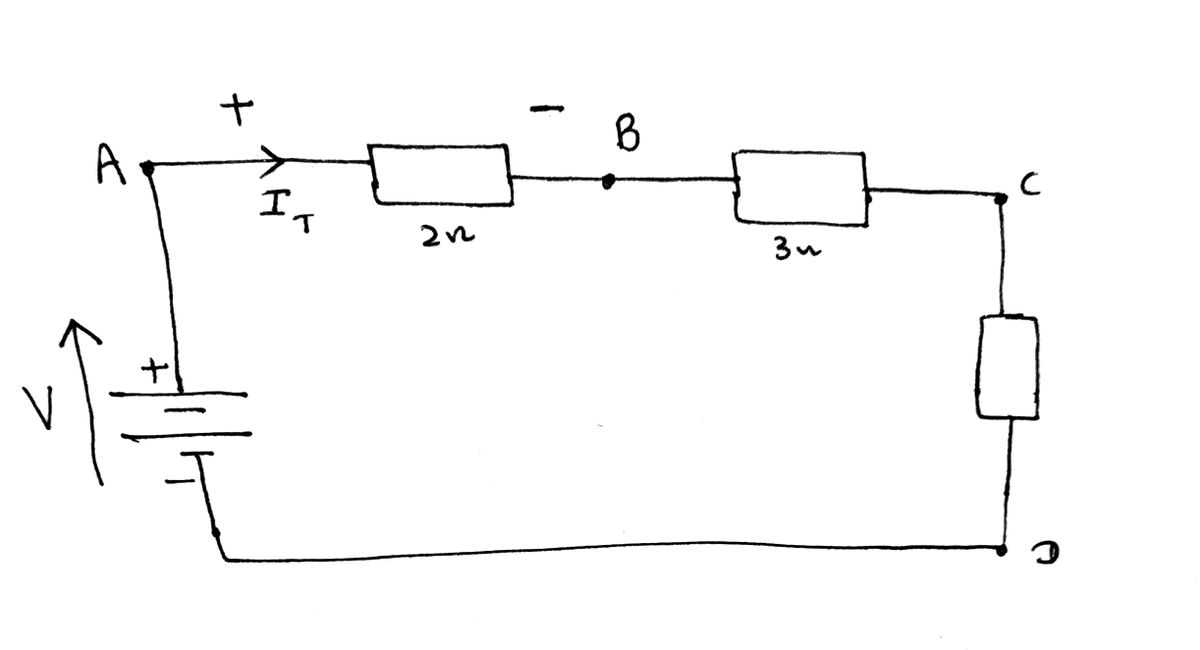3 3 1 Tutorial 2 A V f 20 VBA VAR B 32 51 с Tot I
I am aware this should be a simple concept, but it is confusing me instead. I read what you said multiple times and also researched on Google. As I have a test coming up I really want to understand this as otherwise I won't be able to do complex calculations. Could you please try to explain that again? I understand the arrow showing in the circuit diagram refers to the Vsource and not the current, however I know the current goes in the clockwise direction as conventionally the current moves from a positive to a negative zone. As the arrow of the Vsource goes upward, I know the top of the arrow is the positive zone and the bottom is the negative so that's why the current flows clockwise.
I want to take as an example the resistor present in between points A and B. As the current flows from a positive to a negative region, I know that on the left there is going to be a positive sign and on the left a negative sign. That's why I thought that the Vab (which comes from the positive side of the resistor) was positive and Vba negative.
So, I still don't quite understand the voltage direction and sign clearly as this is what I got until now. Could you please tell me one more time why the direction and the sign of voltage between those points are worked out as you did? I really want to understand.


Step by step
Solved in 3 steps with 3 images









